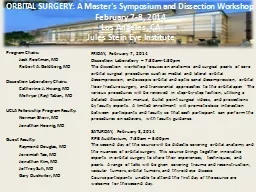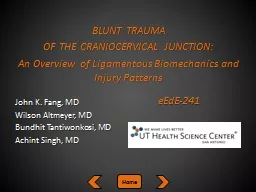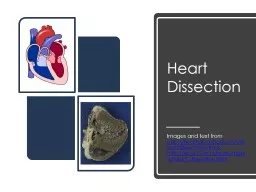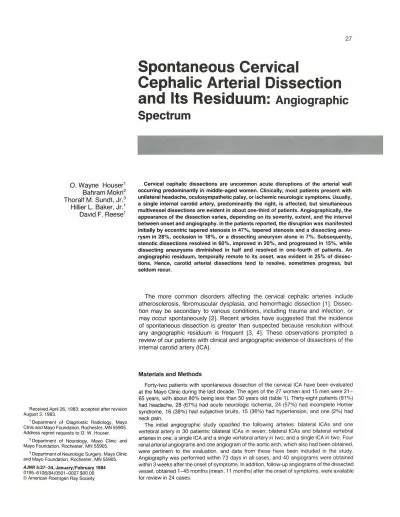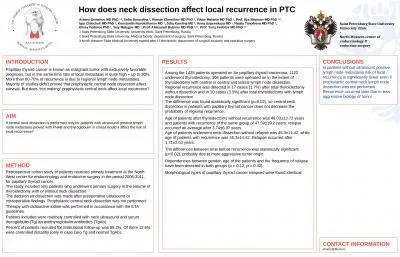PPT-Craniocervical Arterial Dissection: Spectrum of Imaging
Author : lily | Published Date : 2022-06-14
Findings Radiographics 2008 EKhalili Pouya Causal Factors traumatic severe blunt head and neck trauma spontaneous coughing vomiting sports cervical manipulationtrigger
Presentation Embed Code
Download Presentation
Download Presentation The PPT/PDF document "Craniocervical Arterial Dissection: Spe..." is the property of its rightful owner. Permission is granted to download and print the materials on this website for personal, non-commercial use only, and to display it on your personal computer provided you do not modify the materials and that you retain all copyright notices contained in the materials. By downloading content from our website, you accept the terms of this agreement.
Craniocervical Arterial Dissection: Spectrum of Imaging: Transcript
Download Rules Of Document
"Craniocervical Arterial Dissection: Spectrum of Imaging"The content belongs to its owner. You may download and print it for personal use, without modification, and keep all copyright notices. By downloading, you agree to these terms.
Related Documents


